Schrödinger’s Patent: The Procedural Uncertainty Effect Before the UPC
July 17, 2025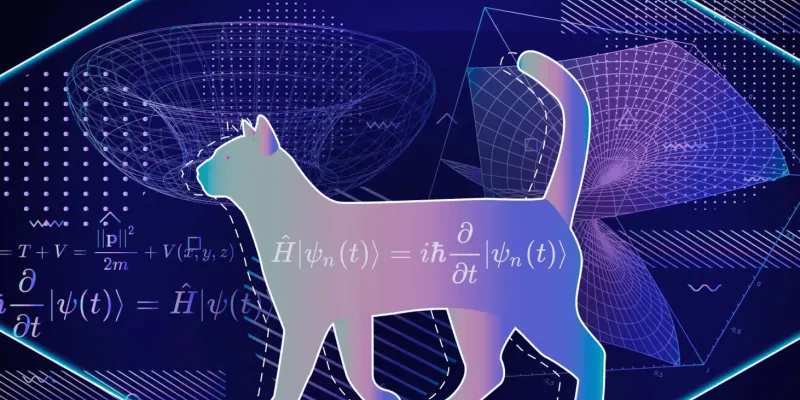
In 1935, physicist Erwin Schrödinger proposed a now-famous thought experiment: a cat, sealed inside a box with a quantum trigger, remains both alive and dead until an observer opens the box to determine its actual state (see Schrödinger's cat: A thought experiment in quantum). This striking image offers a powerful analogy for the specific procedural challenges currently facing the UPC. Just like Schrödinger’s cat, certain proceedings before the UPC are marked by a particularly heightened uncertainty, one that goes far beyond the ordinary indeterminacy of litigation. It is this phenomenon that I call here the “Schrödinger’s Patent”.
Sources of Uncertainty
Rules 170 to 190 of the Rules of Procedure (RoP) aim to structure the administration of evidence (i.e., confidential documents, electronic materials, expert opinions), yet still leave many key aspects, such as confidentiality vs. publicity or filing formats, entirely at the discretion of local divisions.
Similarly, Article 62 UPCA, supplemented by Rules 211 and 213 RoP, requires a "sufficient degree of certainty" as to the patent’s validity, the imminence of harm, and the irreparability of prejudice, without establishing a uniform threshold for assessing urgency (see RoP).
Finally, procedural costs are based on a ceiling-based scale adopted by the Administrative Committee on 24 April 2023 (up to €2 million depending on the value of the dispute), which may be adjusted based on complexity and the number of parties, but without a publicly available detailed grid (see Guidelines on Court Fees and Recoverable Costs).
The Tension Between Speed and Rigor
Two emblematic decisions on preliminary injunctions (PIs)—one rendered by the Munich Local Division, the other by the Milan Local Division—are enough to reveal a structural tension within the UPC between procedural speed and judicial rigor.
In 10x Genomics v. NanoString, the Munich Division granted a cross-border PI in just fifteen days, based primarily on the urgency of the alleged harm and the commercial risk posed by the potential loss of a first-mover advantage. While this speed is attractive to rights holders seeking swift protection, it drew criticism (September 19, 2023, UPC CFI 2/2023). The Court of Appeal overturned the order on 26 February 2024, finding that the patent lacked a sufficient presumption of inventive step (in light of prior art document D6) and that the first-instance Court had failed to provide adequate reasoning regarding the required “sufficient degree of certainty” under Article 62 UPCA (UPC_CoA_335/2023). This rapid reversal vividly illustrates the current volatility of procedural standards: a tactical win may collapse within weeks, turning strategic leverage into structural fragility.
By contrast, the Milan Local Division, in Insulet v. Menarini, adopted a markedly more restrictive posture. The requested preliminary injunction was denied on 22 November 2024, on the grounds that the patent’s validity was questionable and that the auxiliary claim amendments were inadmissible in provisional proceedings (UPC_CFI_400/2024, Order No. 56587/2024). The Milan panel thus applied a level of scrutiny typically reserved for full proceedings, severely narrowing access to urgent relief. This caution, sharply contrasting with Munich’s early assertiveness, contributes to a deep divergence in practice, within a framework that was intended to be uniform.
Although these cases were based on comparable PI requests, they yielded radically different outcomes, not due to divergent law, but due to divergent local interpretations of the same procedural standard. This unstable superposition of outcomes—favorable here, adverse there, and always reversible—gives full meaning to the metaphor of the Schrödinger’s Patent: until the procedural box is opened, and sometimes even after, no one can say whether the injunction will be granted, overturned, or left in strategic limbo.
Strategic Opportunities in a Fragmented Landscape
Still, this pronounced uncertainty may offer strategic advantages. For example, forum shopping, by choosing the most favorable local or central division, takes on greater importance. The decision is no longer based solely on language or geography, but increasingly on early procedural behaviors observed in each division.
Uncertainty may also encourage amicable settlements: parties may prefer a negotiated resolution rather than risk an unpredictable, and potentially costly, judicial outcome.
Lastly, a selective opt-out strategy allows companies to decide which patents to subject to the UPC and which to keep within national jurisdictions, thereby limiting their exposure while observing how the new system evolves (see Licence to File: Brexit, Opt-Outs and European Patent Validation for British Holders).
Negative Effects and the Risk for SMEs
This systemic uncertainty generates additional cost and planning difficulties. Companies struggle to forecast budgets and legal risks, as each new ruling can alter litigation strategy overnight. Small and medium-sized enterprises (SMEs) are particularly affected by this unpredictability, which may hinder their effective access to European justice.
Toward a Path of Clarification
To address these challenges in a coherent and sustainable way, several complementary leads could be explored.
The establishment of a dedicated UPC task force could help coordinate local practices and foster effective harmonization across divisions.
In parallel, the publication of detailed guidelines, particularly on sensitive issues such as evidentiary standards or preliminary measures, would provide stakeholders with much-needed legal clarity and predictability.
Moreover, introducing simplified and fast-track procedures for cases that are clearly straightforward could ease the procedural burden and reduce litigation costs.
Finally, regular and coordinated training programs for both judges and litigators would accelerate the emergence of shared best practices, progressively reducing systemic uncertainty and reinforcing the legitimacy of the unified framework.
Conclusion: The Balance to Be Found
Until such improvements take shape, patent actors must navigate an uncertainty that strongly echoes Schrödinger’s paradox. The UPC’s ability to clarify and stabilize its practices will largely determine its long-term success. In the meantime, the Schrödinger’s Patent remains a tactical reality, hovering between opportunity and risk, decisiveness and unpredictability.
You may also like


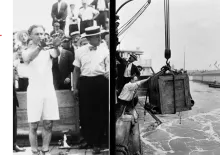
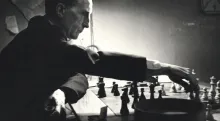



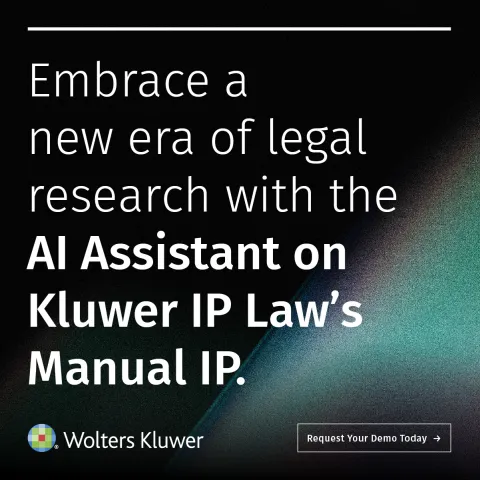
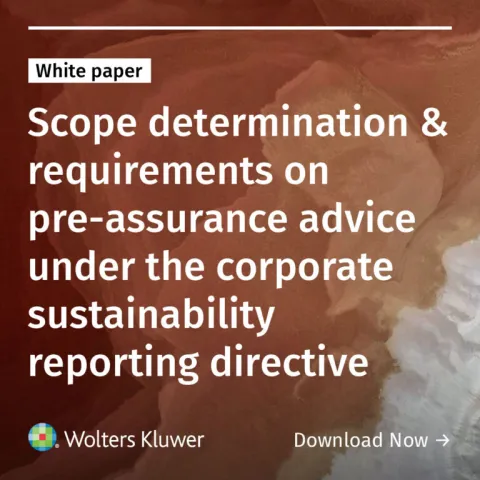

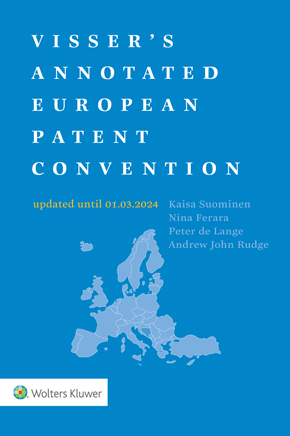
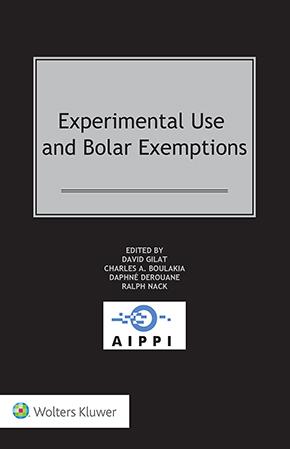

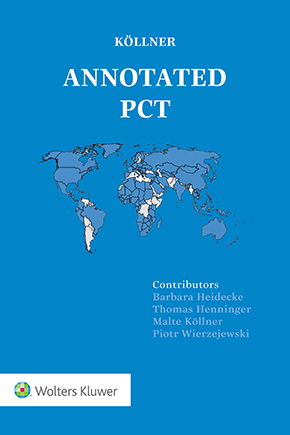

DXThomas
in view of the volatility underlined in the blog, acting before the UPC represents a high risk for SME's. To illustrate the level of costs, in the well-known Hanshow-Vusion case (UPC_CFI_292/2023), Vusion, the PI requester, lost before the Munich LD and in appeal. As value of the litigation was set at 2 Mio €, the recoverable costs to be paid by Vusion were 200.000 € for the first instance (App_3393/2024). Vusion was lucky in that the request for recoverable costs for appeal by Hanshow was rejected as not admissible for being too late (App_44953/2024). They could well have been of the same level of magnitude. One should keep in mind that Vusion had also to fork out its own costs of representation in two instances. Those are not known, but could be of the same order of magnitude. Adding all those costs with the recoverable cost, one wonders how often in a year a SME can engage an action before the UPC. The UPC was clearly not designed for the benefit of SMEs as they have to take a significant financial risk when acting before it. During the negotiations of the UPCA, a litigation insurance for SMEs was envisaged, but eventually dropped. One wonders why? Only big companies will profit from the UPC as they have deep enough pockets to sustain the corresponding costs.